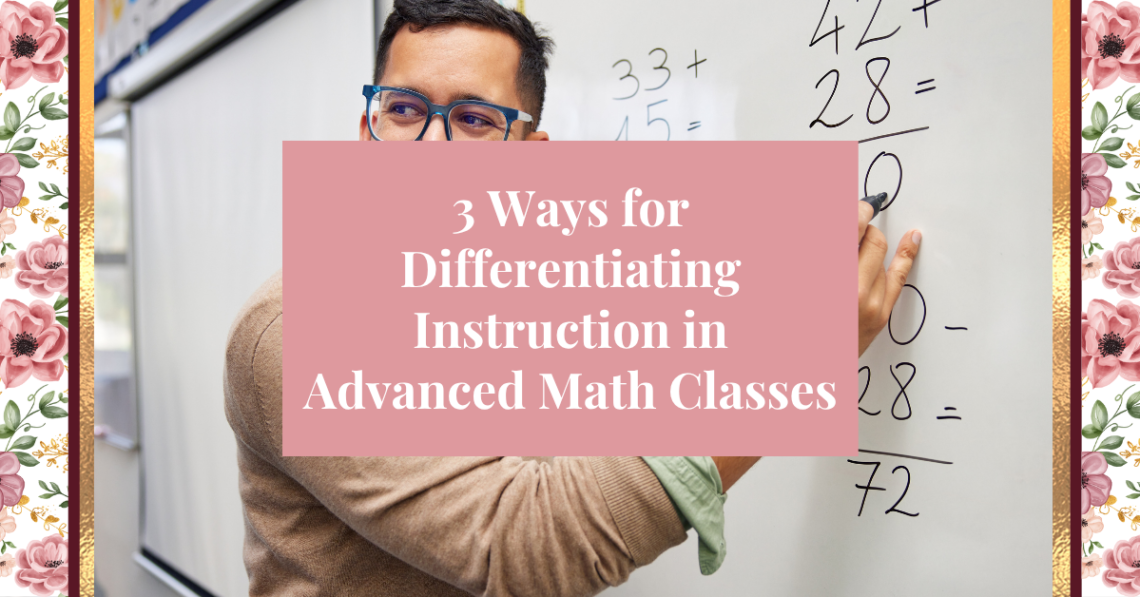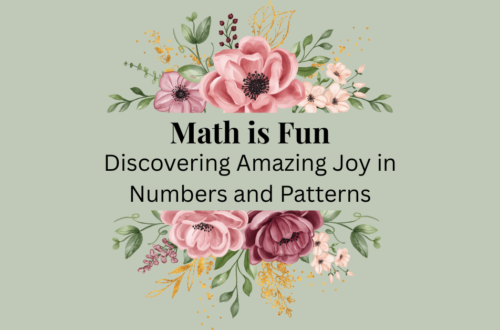Differentiation isn’t just for struggling learners—it’s essential for every student, including those in advanced math classes. In fact, as the complexity of content increases, so does the range of student needs. Some students move quickly through multi-step problems, while others need more time to grasp abstract concepts. The good news? Differentiation doesn’t have to mean three separate lesson plans. Here are three practical and powerful ways to differentiate instruction in your advanced math classroom.
1. Offer Tiered Assignments with Depth and Complexity
Not all math problems are created equal. Even within the same topic, tasks can be adjusted to challenge students at varying levels.
How to implement it:
- Create a base-level assignment all students complete to build foundational skills.
- Offer tiered “extensions” that dive deeper—like a real-world application, a math proof, or a conceptual twist.
- Allow students to choose their level or work toward a more challenging problem once they complete the basics.
Example: In a calculus class, students learning about derivatives might all start by finding the derivative of a function. Tiered options could include:
- Interpreting the derivative graphically
- Applying it to a physics problem
- Creating and solving a real-life rate of change scenario
2. Use Choice Boards or Menus
Giving students choice empowers them to take ownership of their learning and explore math in ways that align with their strengths or interests.
How to implement it:
- Design a choice board with a mix of problem-solving, research, creative, and collaborative tasks.
- Include different levels of difficulty and multiple modalities (visual, written, digital).
- Encourage students to complete a “path” that meets certain point values or categories.
Example: In an algebra or statistics unit, a choice board might include:
- Creating an infographic with data
- Writing a blog post explaining a concept
- Solving a complex real-world problem
- Filming a tutorial for a peer

3. Incorporate Project-Based Learning with Open-Ended Outcomes
Advanced math students thrive when given a challenge that is both structured and open-ended. Project-based learning (PBL) encourages deeper thinking, collaboration, and creativity.
How to implement it:
- Assign a unit project that allows students to explore a concept in depth—like modeling exponential growth or exploring fractals.
- Set clear expectations and checkpoints, but allow for flexibility in approach and presentation.
- Encourage interdisciplinary connections, such as integrating science, technology, or art.
Example: In a pre-calculus class, students might create a model of population growth using logarithmic and exponential functions, presenting their findings in a digital presentation, interactive graph, or even a short video.
Final Thoughts
Differentiation in advanced math classes isn’t about simplifying the material—it’s about enriching the learning experience. When we offer depth, choice, and real-world relevance, we honor every student’s journey and help them grow as mathematicians.
Looking for ready-made differentiated math activities or templates? Let me know in the comments or check out my resources!





